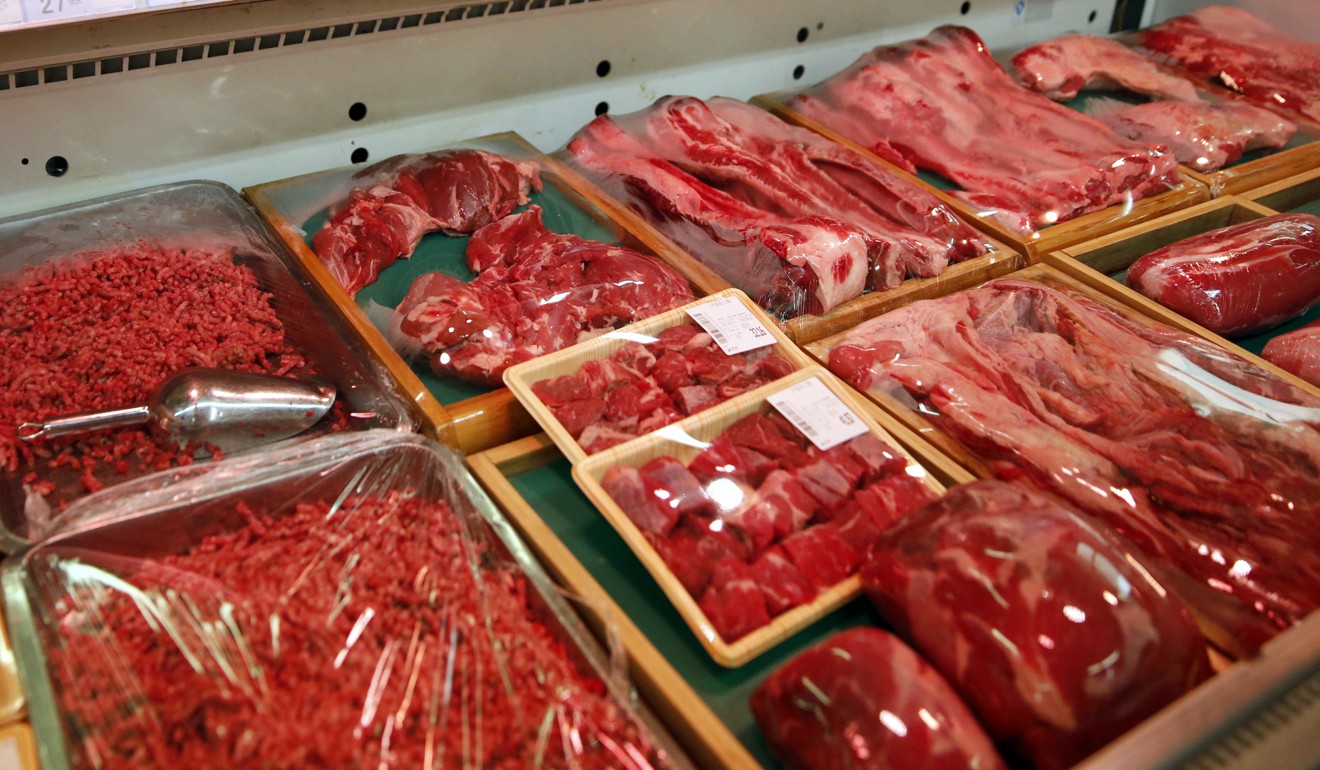
100 days later ... just how has the China-US plan to improve trade and ties held up?
We look at the progress made on the 10-point deal agreed by Presidents Xi Jinping and Donald Trump in Florida
A little over 100 days ago, Chinese President Xi Jinping and his US counterpart Donald Trump sat down together at Mar-a-Lago in Florida. As they discussed trade and North Korea over steak, potatoes and chocolate cake, the two leaders appeared to be ushering in a new phase in Sino-US relations.
That honeymoon period was short-lived, but it did lead to the creation of a “100-day plan” to improve economic ties between the two countries.
The 10-point plan – the deadline for which passed on Sunday – outlined ways for China to open its economy to US firms and services, and quid pro quo exchanges on bilateral trade. US Commerce Secretary Wilbur Ross heralded it as a “herculean accomplishment”.
But just how much it has improved the economic relationship between China and the US is likely to be revealed on Wednesday, as representatives from the two countries meet for the US-China Comprehensive Economic Dialogue.

Jake Parker, vice president of China operations at the US-China Business Council, said that while the plan had boosted momentum in some areas that had stalled previously, “more needs to be done”.
The two countries must continue discussing the liberalisation of foreign investment restrictions and market-oriented reforms for state-owned enterprises in order to “create a more level playing field”, he said.
“It’s early days still, and a lot of uncertainty remains in the relationship,” Parker said, noting the ambiguity in Trump’s trade policies and China’s upcoming Communist Party congress.
So, with the 100-day deadline now passed, how do the promises made in the 10-point plan hold up?
Ending the ban on US beef: After 14 years, China has finally allowed US beef to cross its borders. The two sides came to an agreement to resume trade in May, after the 100-day plan called for it to happen “as soon as possible”. China banned US beef in 2003 after the outbreak of mad cow disease. The resumption of beef imports is a victory for US meat-packers eager to tap into China’s growing market.
Allowing cooked Chinese chicken: In what many viewed as a tit for tat move for beef imports, the US now allows cooked chicken from China to be sold in its supermarkets. The US Department of Agriculture gave the green light to imports of chicken from US farms that were processed in China and shipped back to the US for sale, after finding China’s inspection system to be up to standard. Raw chicken from China is still prohibited.
Planting the GMO seed : China has granted certificates for two of the eight US biotechnology products – genetically modified crops that were pending safety evaluations – referenced in the plan. This means it now accepts imports of Dow AgroSciences’ Enlist corn products and Monsanto’s Vistive Gold soybeans, its agriculture ministry said on June 14. China has strict limits on genetically modified imports, and only approved one variety last year.
Importing US gas: The plan called on China to open its markets to long-term contracts for the import of liquefied natural gas from US suppliers. China’s state-owned energy giant Sinopec said its trading unit, Unipec, would be open to long-term agreements from 2022. Analysts said this would allow China to keep up with its massive billion-dollar demand, and help the US become a net natural gas exporter.
Upping the credit rating: China said it would allow foreign financial services companies in the country to provide credit rating services, fulfilling another point in the 100-day plan. This has eased restrictions, which saw firms having to rely previously on joint ventures with local partners to operate. But it remains unclear how long it will take for the foreign credit rating agencies to have their licenses approved.
More regulatory relief: The US Commodity Futures Trading Commission has granted a further extension to the Shanghai Clearing House after it failed to register as a derivatives clearing organisation. This extends the hold on enforcement action until November 30, allowing the Shanghai Clearing House time to seek a permanent exemption from registering for swap clearing.
Swiping for payments: While China agreed on “full and prompt” market access for US electronic payment service providers such as MasterCard and Visa, it remains to be seen when this will be granted. China said it would allow providers to “begin the licensing process”, after it was criticised for violating the agreement of World Trade Organisation members. China’s electronic payment system remains dominated by the state-owned UnionPay.

Levelling the standards: US federal authorities pledged in the 100-day plan to commit to applying the same supervisory and regulatory standards to Chinese banking institutions as they do to organisations from other parts of the world.
Easing financial services: China agreed to issue bond underwriting and settlement licenses to both JPMorgan and Citigroup, as it continues to open its gates to US banks. This sweetens the deal for both companies, with JPMorgan already being approved for underwriting corporate bonds and Citigroup receiving a bond settlement license in February.
Recognising the OBOR: The US fulfilled its end of the deal to recognise China’s ambitious and highly touted Belt and Road initiative – a series of global infrastructure projects that Xi has heralded as the “project of the century”. The US sent a delegation, as promised, to the initiative’s May summit.

